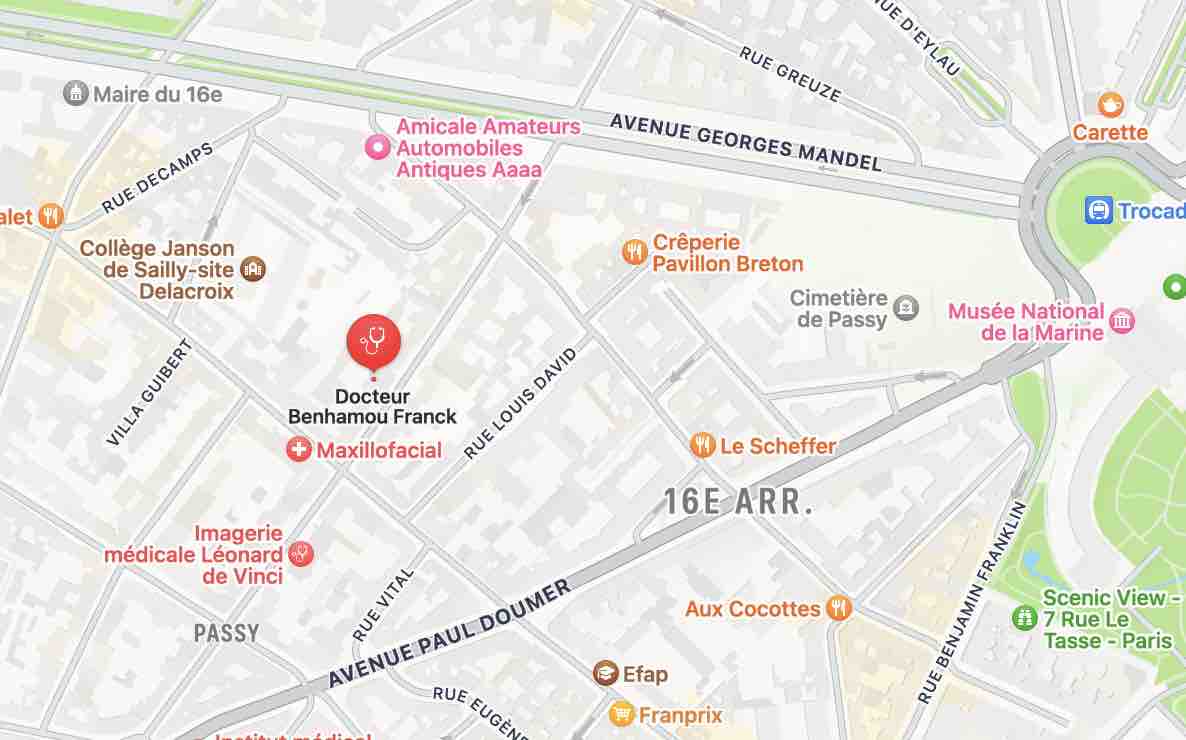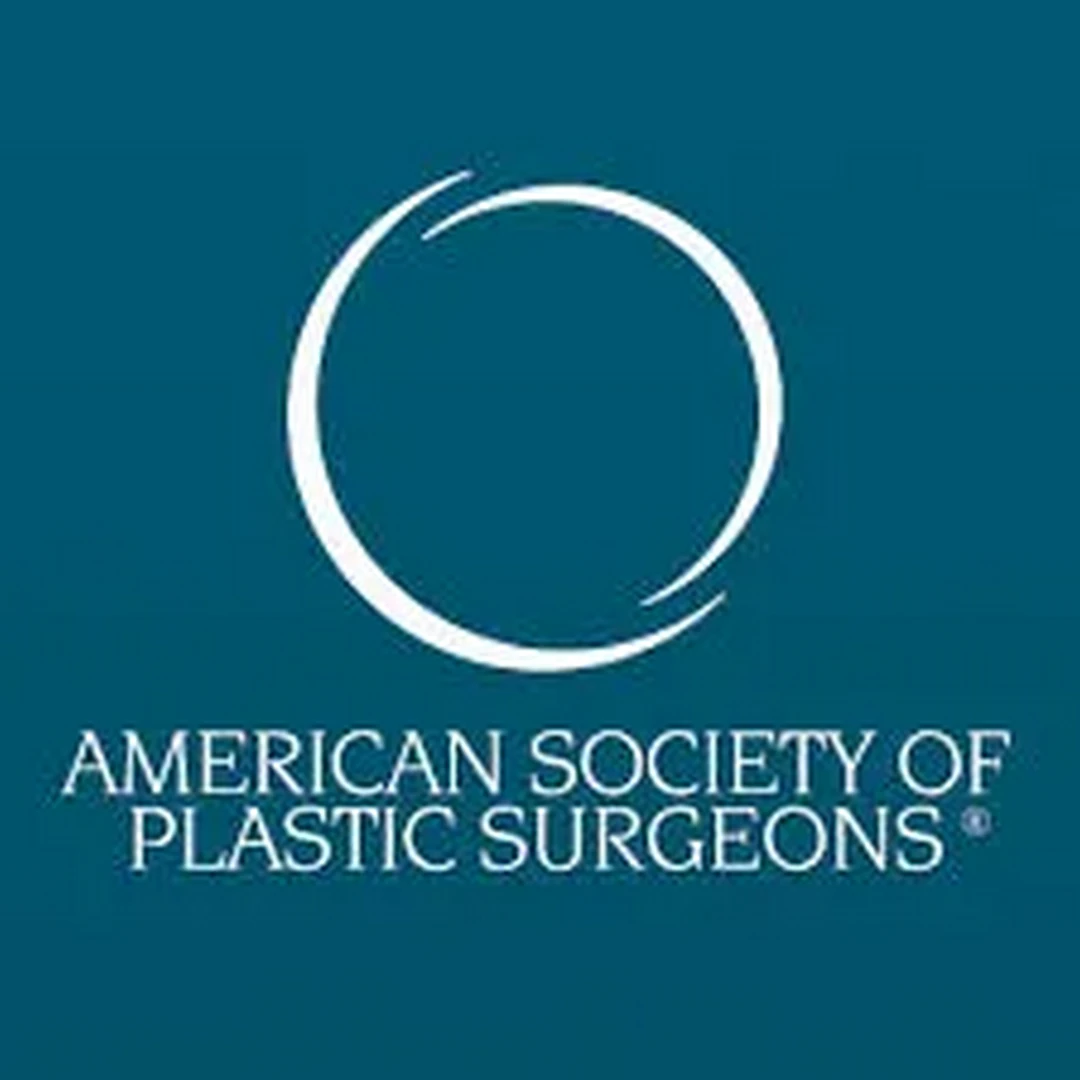- En /
- Aesthetic surgery /
- Liposuction
LIPOSUCTION
- Written by Dr. Franck Benhamou
- Publication date 21 novembre 2024
- Updated date 14 octobre 2025
The Surgery of Liposuction
Liposuction, also known as lipectomy, liposculpture or vibro-liposculpture, is a procedure consisting in the removal of fat deposits, unbecoming and unwanted, from specific areas of the body.
In the medical vocabulary, these deposits are called lipomeries. On women, lipomeries are localised mainly on the abdomen, hips, thighs, knees, when, on men, they are found mainly on the abdomen.
It is important to understand that a liposuction is not an alternative to a slimming treatment. It is rather meant to sculpt the figure and refine shapes.
The ideal candidate for liposuction surgery is a man or women not overweight with well localised bulge fat.
The skin retraction after liposuction may vary from one person to another, so it is sometimes necessary to limit the amount of fat tissue to extract (to avoid an important surplus of skin).
For liposuction surgery a fine canula with an opening inferior to 5 mm is used, so that it is invisible after closing up.
For a same area, several incisions are necessary.
A pre-op evaluation is often necessary before surgery.
A potentiated local anesthesia is most often performed. General anesthesia is necessary only if surgery is performed on more than two areas. In this case the anaesthetist doctor must be seen at least 48 hours before surgery.
A one day hospitalization is usually sufficient. This act is of the ambulatory type (exit on the same day), but sometimes, a 24 hours stay is recommended. The surgeon will decide accordingly to the type of intervention.
No medicine with aspirin must be taken during the 10 days before surgery.
About the surgery Liposuction:
The intervention may last from 30 minutes to 3 hours according to the number of areas to be treated.
No drainage is necessary.
Resorbable thread is usually used for suture.
A medical girdle is placed at the operating bloc after surgery.
Post surgery effects:
This type of surgery usually is not painful.
Ecchymosis will fade away within one to two weeks.
A compressive girdle must be worn day and night for one month.
A one week convalescence is to be considered and it is not recommended to practice any sport activity during one month after surgery. Result can be appreciated after a delay of 2 to 3 month. This lap of time is necessary for the suppling of the skin. Result will be final after a delay of one year.
Aspect may change in time according to variations of weight.
Complications
After any kind of surgery, complications may occur, some due to the medical and / or anesthetic act itself, others particular to liposuction.
Good security practices can limit risks but do not suppress them.
Some risks, very exceptional hopefully, cannot be anticipated and may endanger the vital or functional prognosis (emboly, paralysis, septicemy…).
Anesthesia carries its own complications which will be explained to you when you meet with the anesthetist doctor.
Risks specific to liposuction surgery:
Even if the post surgery effects are usually very simple, some of the possible complications linked to liposuction must be known :
Bad evolution of scars: it is normal that scars get thicker and redder during the first month. This aspect, linked to the inflammatory reaction of any closing up, takes twelve to eighteen months to get better and stabilize. Closing up may follow an abnormal evolution with thickening and swelling going on over a year. We speak of hypertrophic, even cheloid scars (they occur more often on black skins). They may occur in an unpredictable fashion and require specific treatment. It must be known that scars usually fade away and get less visible but don’t disappear.
Infection: most often contamination of a wound, scar or drain opening is not serious. Very scarcely are antibiotics necessary, but infection can be treated with frequent dressings.
Haematoma: post surgery bleeding is almost unavoidable and gives way to ecchymosis (bruises) on the skin for one to two weeks. It may cause an haematoma with swelling and painful tightening. Sometimes there is a need for additional intervention to evacuate the haematoma and treat its causes. If bleeding is important, a blood transfusion may be necessary.
Necrosis: it is the loss of a more or less large skin zone that can affect cosmetics results (loss of skin). Tobacco smoking may be aggravating.
Metabolism perturbation is possible after excessive liposuctions.







